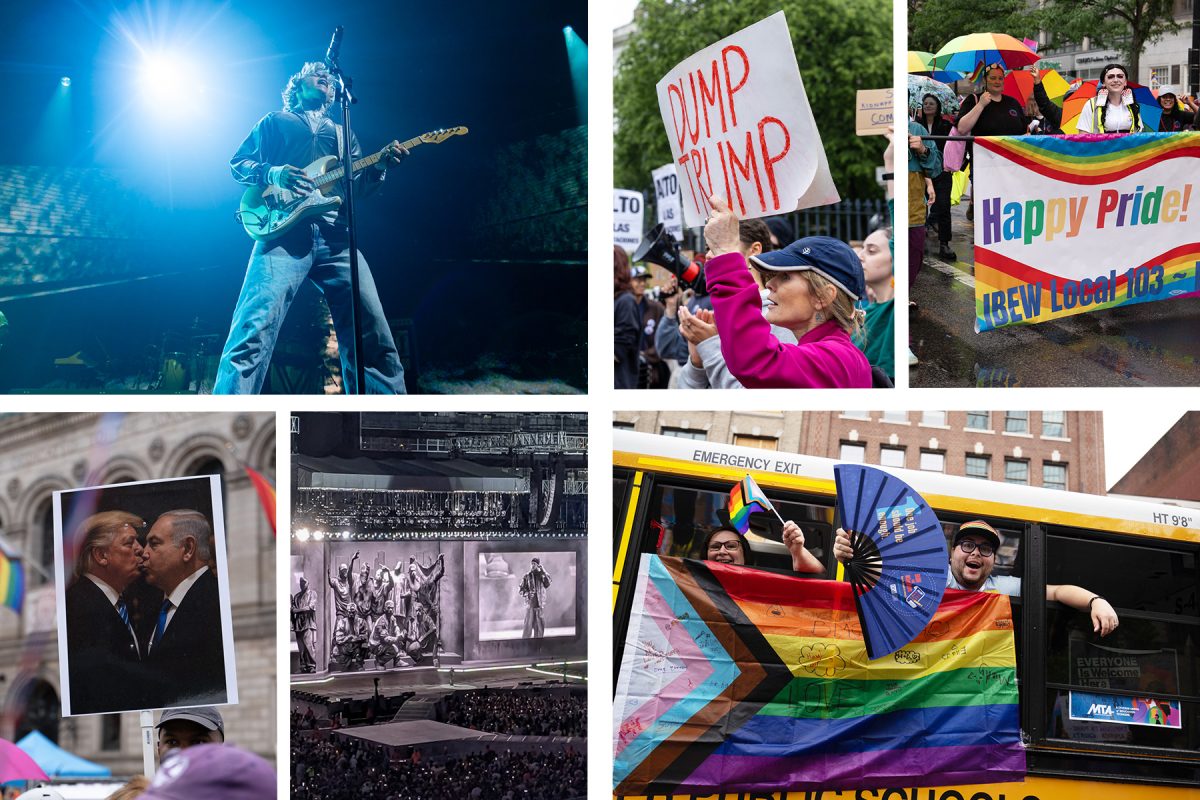Editorial: We can do more to combat media illiteracy
November 30, 2017
Whether you follow the news daily or you only follow along when there’s a breaking story, there’s a good chance you get your news through some form of social media. You aren’t alone. The latest study from the Pew Research Center found that 67 percent of Americans get their news from social media, up from 62 percent last May.
Social media has made news more accessible to the general public, which is beneficial to an industry that relies on an engaged readership for financial and moral purposes. Yet as more people log into their Facebook accounts to catch up on the day’s news, it seems fewer are thinking critically about what they’re consuming and some don’t even know what they are reading.
The danger in so many people getting their news this way is that while consumption rises, media literacy does not increase with it. There isn’t enough of a focus on making sure we understand the types of journalism we take in or critically evaluating the posts we’re liking, sharing and commenting on.
Something as simple as mistaking an opinion piece for a straight news article can plant the idea that a publication is biased in its coverage. Op-eds submitted to papers are sometimes read as the work of a journalist at the publication. At times, even press releases are read as articles. These seem like simple mistakes, but once a reader has made that error, their opinion of the publication begins to change. The credibility of the news they’re reading is called into question over something that could have been avoided had they consumed their news with more careful consideration.
Few people are ever taught to to think critically about media consumption. Any film studies major could tell you why discussing and analyzing media matters. Any journalist could explain why it’s important to read not one or two, but several stories on a topic before you form your opinions. But not everyone gets the training they need to exercise that kind of media literacy.
Not everyone will become part of the media and not everyone will respect the fields involved in creating media. Regardless, everyone will consume it. There should be systems in place to ensure that we consume news it in a way that is smart, productive and helps foster communication.
Media literacy organizations like The Center for Media Literacy and The National Association for Media Literacy Education or NAMLE, are at the forefront of the media literacy movement and believe that smart media consumption should be a cornerstone of education.
NAMLE has praised MIT, University of Texas, University of California at Berkeley, University of Pennsylvania, University of Southern California, Temple University, University of Massachusetts and New York University for their media literacy programs. Northeastern University should be on that list.
With the NUpath system already in place, creating classes that focus on media literacy would not be difficult and could be taken by a variety of students. The university already offers Interpreting the Day’s News as a course, but its focus is on current events rather than media literacy. Making media literacy courses accessible to students outside of the humanities and the arts is an important part of making sure it’s effective.
To go further, Northeastern should make a commitment to using its influence and resources to teach media literacy beyond the confines of its campus. Other universities have already made that commitment.
Temple University has a Center for Media Literacy and Information that does research and provides outreach, education and professional development on media literacy issues. At The State University of New York at Stony Brook, these efforts have existed since 2006. Stony Brook has a Center for News Literacy which teaches undergraduate students how to use critical thinking skills to judge the reliability and credibility of news reports and news sources. It organizes national conferences on news literacy and started a high school teacher training program in an effort to start conversations about news literacy before college.
We can expect that media consumption will continue at the incredible pace that it has taken over the past decade. It can only be in our best interest to make sure that we know how to consume intelligently and that we look to our institutions of learning to teach future generations to do the same.






